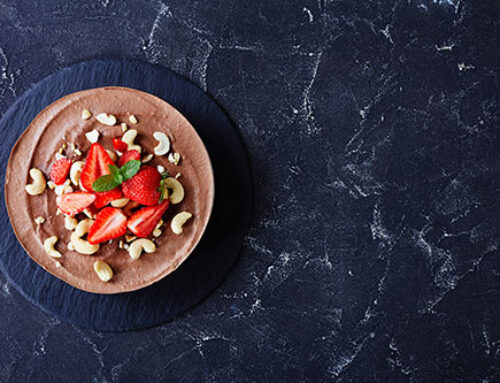There are many different diets circulating around right now. In society’s quest for healthy eating solutions, we’ve been introduced to many different lifestyle changes such as Keto, Paleo, and Whole30. If you’ve been hearing things about one or all of these diets, but have no idea what they entail, here’s a breakdown of each program.

Keto
Arguably the most popular diet, keto requires a large commitment. An article written by Rudy Mawer for healthline.com explains, “The ketogenic diet is a very low-carb, high-fat diet that shares many similarities with the Atkins and low-carb diets. It involves drastically reducing carbohydrate intake and replacing it with fat. This reduction in carbs puts your body into a metabolic state called ketosis. When this happens, your body becomes incredibly efficient at burning fat for energy. It also turns fat into ketones in the liver, which can supply energy for the brain. Ketogenic diets can cause massive reductions in blood sugar and insulin levels. This, along with the increased ketones, has numerous health benefits.”
Whole 30
Jamie Webber, a writer for greatist.com states, “Whole30 is a 30-day (duh) clean-eating plan designed to clean up your eating habits by cutting out certain foods. And yes, we’re talking about some foods that are super hard to give up: dairy, sugar, grains, legumes, and alcohol.” This particular diet program is a great way to reset your eating habits if you’re feeling a bit out of control. It’s designed as a clean eating strategy that takes place over the course of a month. However, adapting it to create long term changes in your overall lifestyle is also an option. Although it’s not entirely realistic to cut out sugar and alcohol indefinitely (that’s a recipe for failure), this program is a great way to start fresh by providing your body with wholesome food options. You’ll be surprised how much better you feel when you reduce the number of processed foods you eat.

Paleo
This diet, also known as the cave man diet, focuses on eating the types of foods that were available to our earliest ancestors. An article written for mayoclinic.org states, “A paleo diet typically includes lean meats, fish, fruits, vegetables, nuts and seeds — foods that in the past could be obtained by hunting and gathering. A paleo diet limits foods that became common when farming emerged about 10,000 years ago. These foods include dairy products, legumes and grains.” The thought process behind this particular diet comes from the belief that our bodies have adapted poorly to a modern diet. In getting back to the basics, you can improve the way you feel and the way your body functions.
Despite the large number of popular diets, it’s important to find one that is sustainable for you. Consider your needs and do research to narrow down your options. There’s no harm in trying multiple programs until you find one that makes you feel the best both mentally and physically. Make 2020 the year for positive change.





its so helpfull thank you